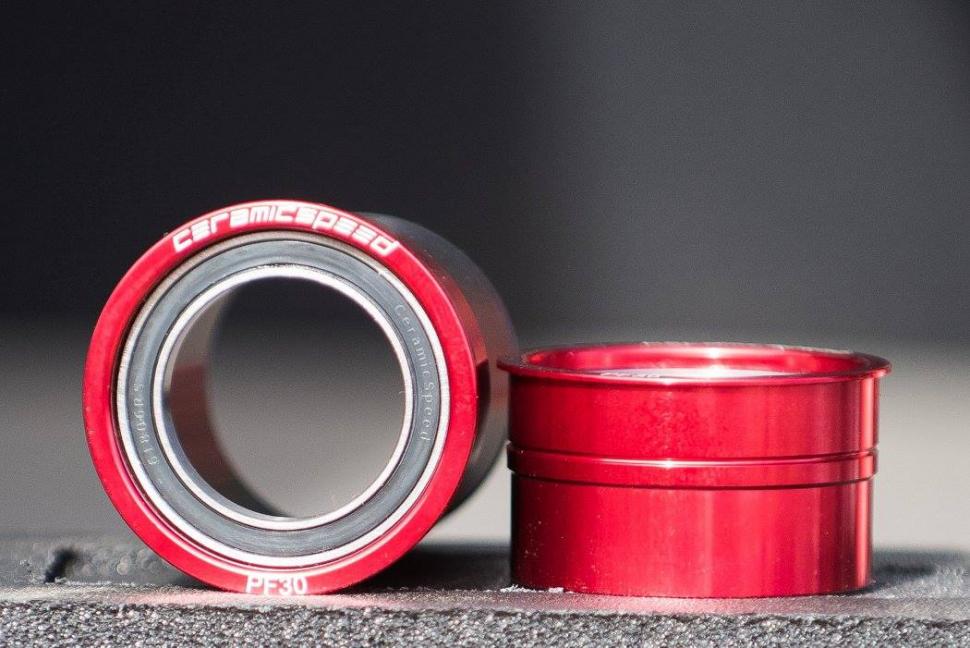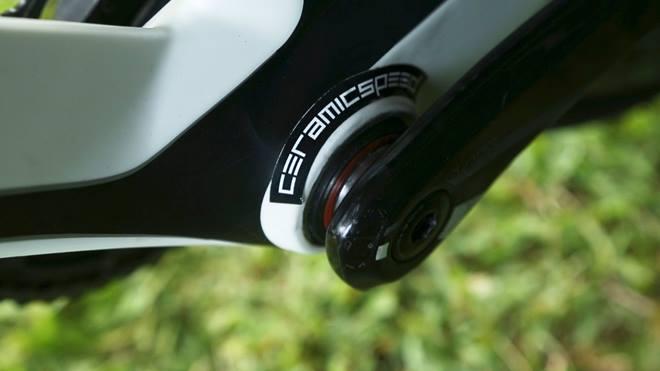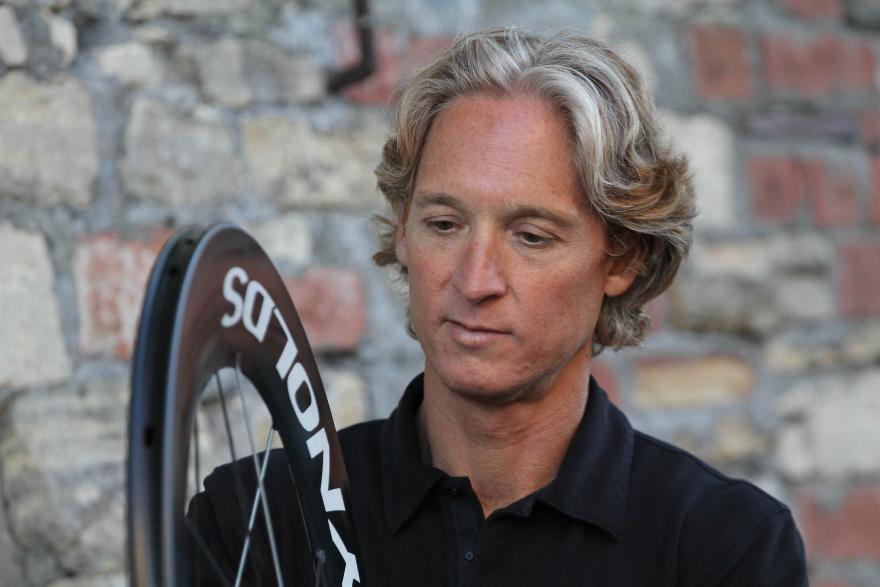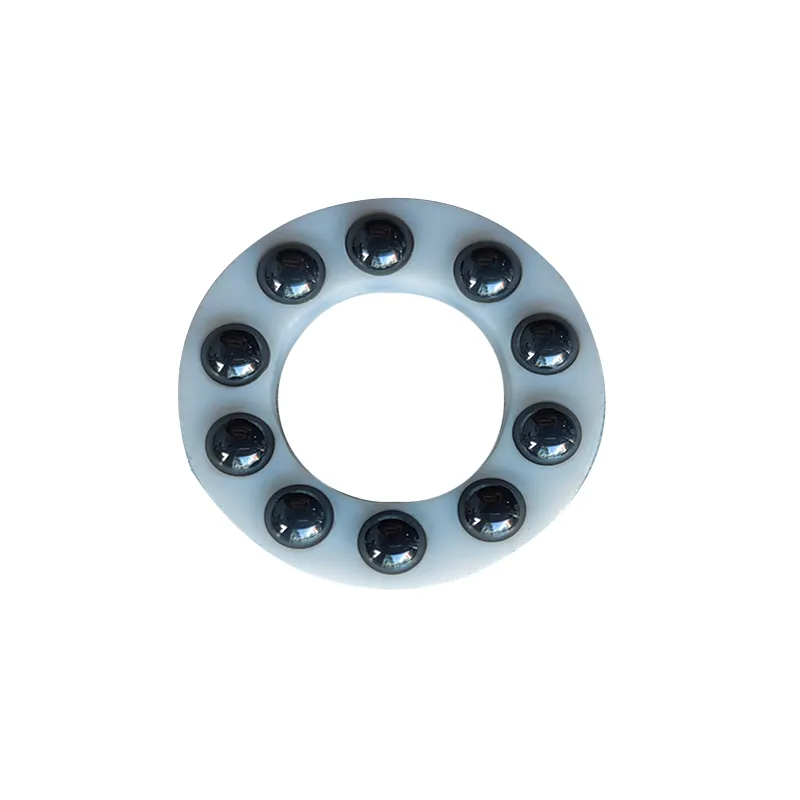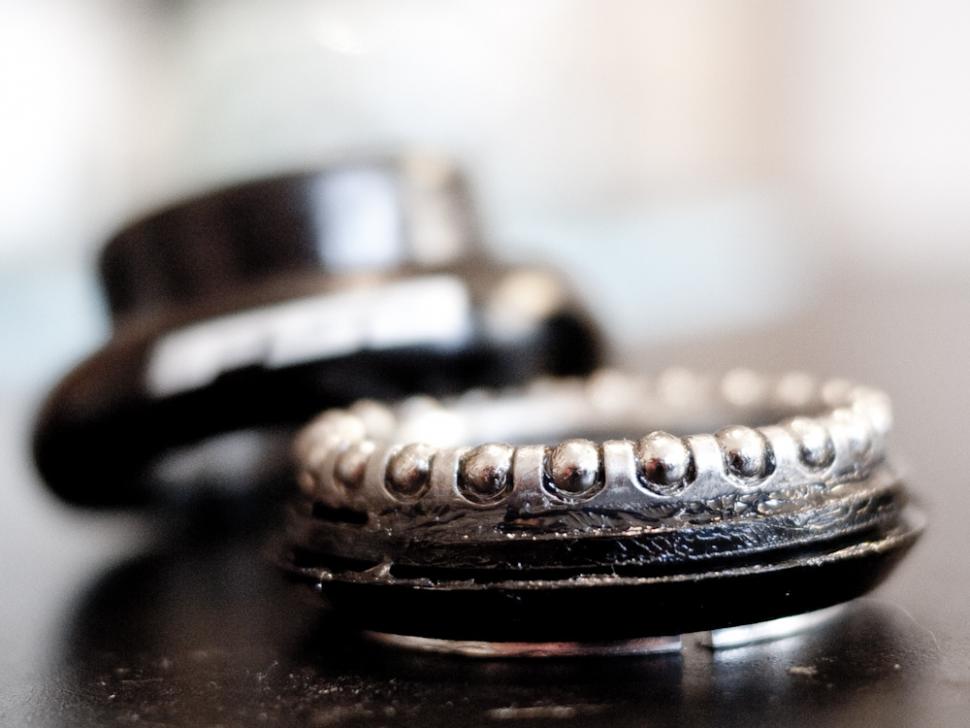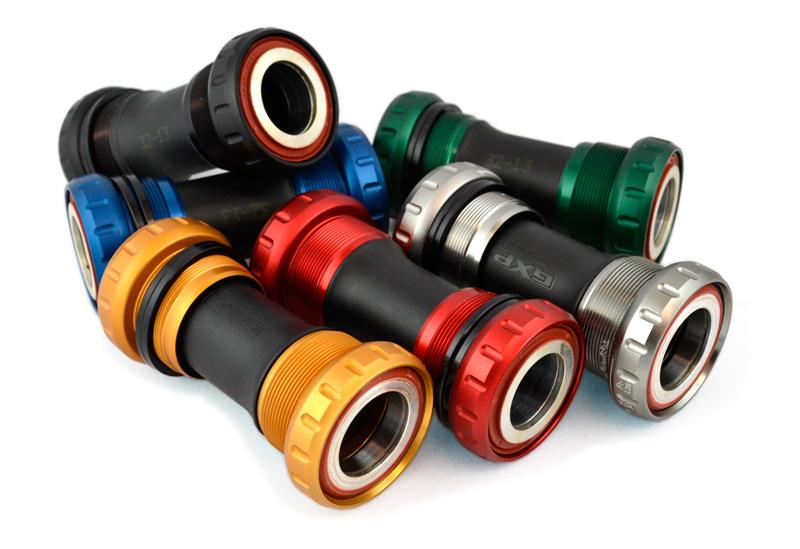Jul . 31, 2024 17:17 Back to list
Should you buy ceramic bearings? Expert opinions polled
Should you buy ceramic bearings? Expert opinions polled
Despite the latest advances in road bike design and technology, your bicycle still relies on the humble ball bearing to ensure it all runs smoothly. There are bearings in the wheel hubs, the headset, bottom bracket, pedals and jockey wheels, and they're commonly made from steel. There has been a lot of hype about ceramic bearings in recent years and many people claim they offer a performance upgrade. But what are ceramic bearings and what are the pros and cons?
While regular bearings are made from stainless steel, ceramic bearings are made from ceramic silicon nitride (Si2N4). Rolling resistance is the key trump card promoted by ceramic bearing fans. Because ceramic bearings are rounder with a smoother surface and more uniform size, friction is reduced and that can contribute to a less energy required to turn the cranks or spin the wheels. A ceramic bearing is also harder than steel bearings (up to 30%), which improves durability, and they also don’t rust so less maintenance should be required.
Most sealed ceramic bearings are actually hybrid ceramic bearings, which combine a steel race with ceramic ball bearings. Full ceramic bearings use ceramic races, which can be lighter and provide the lowest friction, but come at a durability cost. Unsealed ceramic bearings can be used to upgrade components that don’t use cartridge type bearings, like cup and cone hubs.
It’s in the professional peloton, a place obsessed with marginal gains, that ceramic bearings have become popular in the past couple of years. And naturally, where pros lead, amateur racers and sportive cyclists follow, keen to take advantage. Should you be following in the footsteps of the pro racers then, and upgrading your bike with ceramic bearings?
CeramicSpeed is a Danish company, founded in 2007, that specialises in supplying high-quality ceramic bearings to the cycling industry, and is a favourite of many professional cycling teams - you don’t have to look far to spot the telltale company sticker on any frame or hub fitted with the bearings. It’s seen a massive shift in the last two years with more customers keen to take up the ceramic advantage. The advantage, according to the company, is a saving of up to 9 watts with CeramicSpeed bearings in the hubs, jockey wheels and bottom brackets compared to a set of standard bearings
“The main advantages with CeramicSpeed bearings over regular bearings are two-fold,” explains CeramicSpeed Managing Director Martin Banke. “Longevity of a well-built high-quality ceramic bearing, in many cases, can be up to 10 times longer than commonly used stock bearings. The 'rule of thumb', as we like to call it when built well, and of high-quality materials, a ceramic bearing should always be able to outlast and outperform a steel bearing.
“The second advantage of ceramic bearings over stock steel bearings is their performance under load in reducing drag. Performance cyclists are performance driven and all data shows that the best performing bearings for reducing drag are ceramic bearings.”
road.cc on WhatsApp
All the latest road cycling news, tech and buying advice straight to your phone.Follow our WhatsApp channel here
That, in theory, should mean less energy is required to turn the wheels or cranks. Add the lower weight and improved durability, and why wouldn’t you run ceramic bearings? But are all ceramic bearings the same? Of course not, CeramicSpeed is keen to point out that not all ceramic bearings are made equal, and it tells us that a ceramic bearing built poorly with low-quality materials will deliver very poor longevity.
“A lot of bearings can spin well in the hand but that by itself is not enough,” says Banke. “It is really about the performance of a bearing under load, both drag reducing performance and lifetime performance. We are now starting to see a 'shift in the seas', a common understanding that ceramic does last and is very advantageous if of a high enough quality.”
When the benefits sound that good, you’d think all component manufacturers would be embracing ceramic bearings, right? Highly regarded British component manufacturer Hope Technology reckons the efficiency savings are simply too negligible to make them worth the increase in cost.
“We have looked at ceramic bearings in the past and talked them over with our bearing suppliers,” explains Hope’s Alan Weatherill. “They do run with less friction, which offers a significant advantage in industrial applications running at 20,000 rpm. A tiny percentage reduction in friction here can equate to a worthwhile power saving, but when you're only turning at 300 rpm, as you do on a bicycle a small percentage increase in efficiency will make a negligible change to your power output. Certainly not worth the significant increase in cost."
Leading industry wheel dynamics expert and CEO of Edco Wheels , Paul Lew, backs this up and reckons it makes ceramic bearings a poor choice for hubs and headsets, also adding that they offer no weight savings and are only beneficial in environments where high rpm (revolutions per minute) are required.
“For bottom bracket applications, the maximum sustained rpm may be 130,” explains Lew. “For wheel hub applications, the maximum rpm may be 500 – 600 revolutions per kilometer (depends on wheel/tyre diameter). The maximum rpm values in cycling are far below the typical ideal rating for ceramic bearings which is 10,000 rpm+.”
4 Bolt Composite material UCSF204 stainless steel units and Zirconia Ceramic bearing
It’s clear that Alan and Paul agree that the factors that make a ceramic bearing well-suited to industrial and medical equipment applications, and high-altitude operating drone motors (Paul does a lot of work designing drones) where the rpm is high, the load is low and the operating conditions are clean, are factors that mean they’re not suited to cycling.
“Ceramic bearings are beneficial in environments not requiring grease lubrication,” says Lew. But a bicycle is expected to cope with a vast range of conditions, rain and dirt, and where maintenance schedules may be less than optimal, and the last thing you want is to ride bearings without grease. It’s this requirement to cope with the conditions common to cyclists that offset the promised lower rolling resistance of a ceramic bearing, according to Paul Lew.
“The rolling resistance of a ceramic bearing compared to an ABEC 3, 5 or 7 steel ball bearing is offset by the resistance of the grease,” he says. “In order for a ceramic ball bearing to out-perform a steel ball bearing, grease is not an option. Does this mean I should run my ceramic ball bearings dry or with light oil? Yes, but you won’t like the result in an environment where the bearings can become contaminated. If you run your bearings dry they will feel gritty and rough.”
Hope’s Alan Weatherill concurs with Paul Lew’s conclusion that ceramic bearings are not suited to the demands of cycling and says their suitability to industrial machinery doesn’t necessarily provide the performance benefit for cyclists that many people and companies claim they do.
“Another issue with using them [ceramic bearings] on bicycles is their hardness,” says Weatherill. “While this again is an advantage in many industrial applications, it's a major drawback on bikes. The shocks from hitting potholes and other road blemishes impact the hard ceramic balls into the softer steel races commonly used. This dent in the race is then felt when the bearing is rotated, giving you rough bearings.”
The less polite stance
Weatherilll and Lew are measured in their scepticism about the overall benefits of ceramic bearings. Rather more forthright is Sachin Hambini of Hambini Engineering. An aerospace engineer who has built up a cult following for his scathing criticism of the quality of manufacturing in the bike industry, especially where press-fit bottom brackets are concerned.
Here's what he has to say about ceramic bearings. Warning: adult language.
How much?
Then there is the fact that ceramic bearings aren’t cheap. CeramicSpeed’s BSA Road external bottom bracket for threaded frames costs £298. A Shimano Dura-Ace 9000 bottom bracket cost £39.99, much less if you shop around. A CeramicSpeed bearing upgrade kit for Campagnolo and Fulcrum wheels will set you back £120, and Zipp charges £194 for a CeramicSpeed bearing kit for its wheels. That makes upgrading to ceramic bearings a serious investment, fine for a professional cycling team, less so for a privateer racer.
The premium for ceramic bearings is high then, and their advantages, while looking promising in an ideal world, appear to stack up much less in the demanding environment that a bicycle is expected to perform and survive in. So should you choose ceramic bearings? We’ll let Paul Lew have the last word.
“Although the re-selling markup/ margin for ceramic bearings is significant for manufacturers such as Reynolds, and they could represent a profit-center for the brand, we choose not to offer them because they don’t improve performance, and they represent a consumer cost that we can’t justify, and that’s contrary to our value system," he concludes.
Latest news
-
UCT205-15 Take Up Housing Pillow Block Bearing | Reliable
NewsAug.17,2025
-
CKZ-A Sprag Type Freewheels One Way Clutch - High Performance & Reliable
NewsAug.16,2025
-
ASNU 12-35 NFS TFS Roller Freewheel One Way Clutch Bearings
NewsAug.15,2025
-
Durable AK208 Pillow Block Housing | Reliable Bearing Support
NewsAug.14,2025
-
28.6x80x36.53mm W208PPB5 Heavy Duty Disc Harrow Bearing
NewsAug.13,2025
-
CKZF-B Series Flywheel Backstop Clutch: Reliable Reverse Prevention
NewsAug.12,2025
